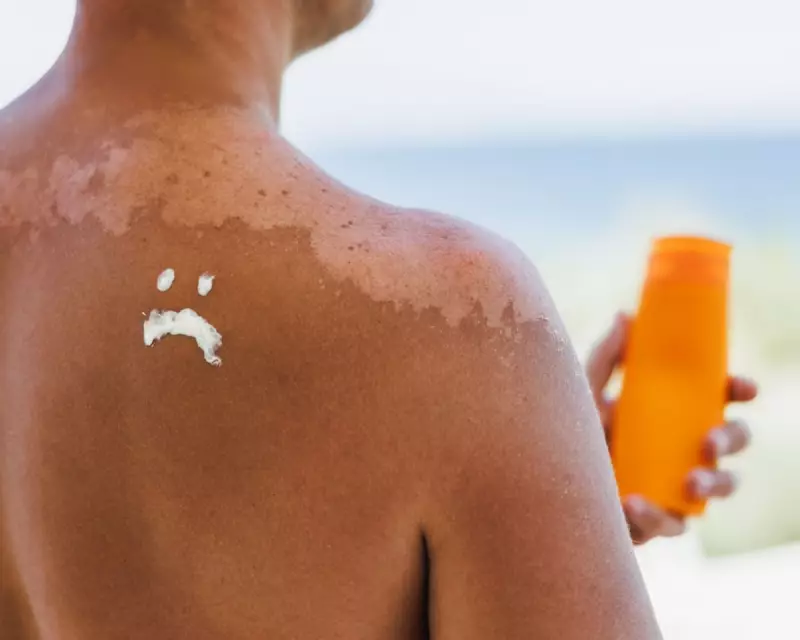
The age-old question of sun protection has taken a new turn as scientists debate whether we should be more concerned about sunscreen ingredients or the sun itself. Recent studies have reignited discussions about potential health risks associated with both.
The Sunscreen Controversy
Some chemical components in sunscreens, particularly oxybenzone and octinoxate, have come under scrutiny for potential hormone disruption and environmental impact. While regulators maintain these ingredients are safe at approved levels, some researchers call for further investigation into long-term effects.
UV Radiation Dangers
Dermatologists overwhelmingly agree that unprotected sun exposure remains the greater immediate threat. UV radiation is a proven carcinogen responsible for most skin cancers, including deadly melanoma. Premature ageing and eye damage are additional risks of excessive sun exposure.
Finding the Balance
Experts recommend a balanced approach:
- Use broad-spectrum SPF 30+ sunscreen
- Seek shade during peak UV hours (11am-3pm)
- Wear protective clothing and sunglasses
- Consider mineral-based sunscreens if concerned about chemicals
The consensus remains that some sun protection is far safer than none, though consumers may choose products based on their individual concerns.





